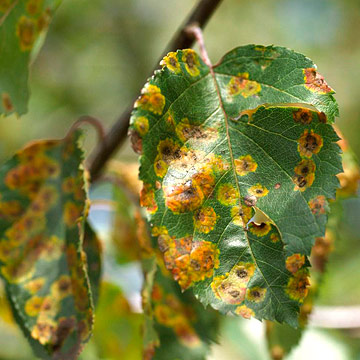
Five Devastating Tree Diseases
Tree diseases aren’t often a topic of conversation you hear outside of conservationist or academic circles but the degree of devastation they pose, and have already caused, to our much loved British countryside is at odds with this observation.
Tree conservation often starts with recognising a problem and dealing with it before it gets worse. In the case of tree diseases, this is something everyone can get involved in whenever they’re in the countryside, by learning to recognise the symptoms of tree diseases.
At Landmark Trading we don’t just sell arborist equipment to those who deal every day with tree conservation, we believe passionately in the work they do and its importance in preserving our beautiful countryside. It’s why we’ve put together this short guide on five of the most devastating tree diseases in Britain today.
1. Dutch Elm Disease
Dutch Elm disease has been around for over a century and is one of the most devastating tree diseases in the world today. The first epidemic occurred in the 1920s and was caused by the Ophiostoma ulmi fungus. A more devastating second epidemic began in the late 1960s and was caused by a related fungus called Ophiostoma novo-ulmi. Elm bark beetles are instrumental in transferring the disease between trees and helping it spread.
In Britain, Dutch Elm disease has devastated the Elm population, with most mature trees being lost. It is estimated that 30 million elms had perished by 1985 and that figure is likely to be a lot higher today although surveys have since ceased. Elms do leave a thicket of roots when they die, from which new young elms can grow, so the UK does have millions of young elms but very few old ones. Unfortunately these younger elms are still susceptible to the disease, although breeders are trying to create resistant strains of elm.
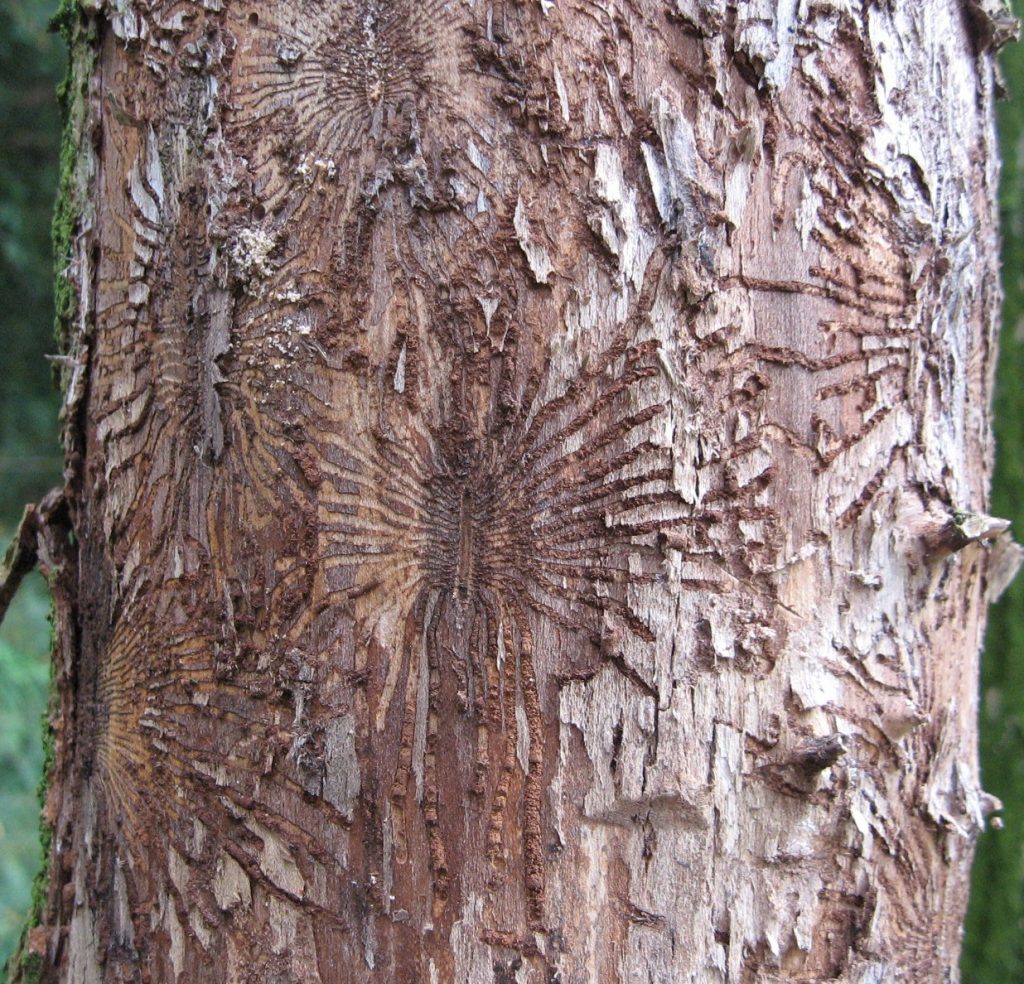
2. Ash Dieback
Chalara dieback of ash, also known as Ash Dieback, is caused by the Hymenoscyphus fraxineus fungus. Although the Forestry Commission admits that it does not yet know the full impact of Ash Dieback in Britain, the disease has infected as much as 90% of ash trees in other countries and is a huge threat to Britain’s 90 million ash trees. Young trees are particularly susceptible and although older trees can hold out against the disease, they will often be weakened to the point where they are destroyed by other pests or pathogens.
Ash Dieback was first confirmed in the UK in 2012, although the disease was first confirmed in Poland in 1992. It particularly attacks common or European ash (Fraxinus excelsior) and is spread by the wind across distances in the tens of miles.
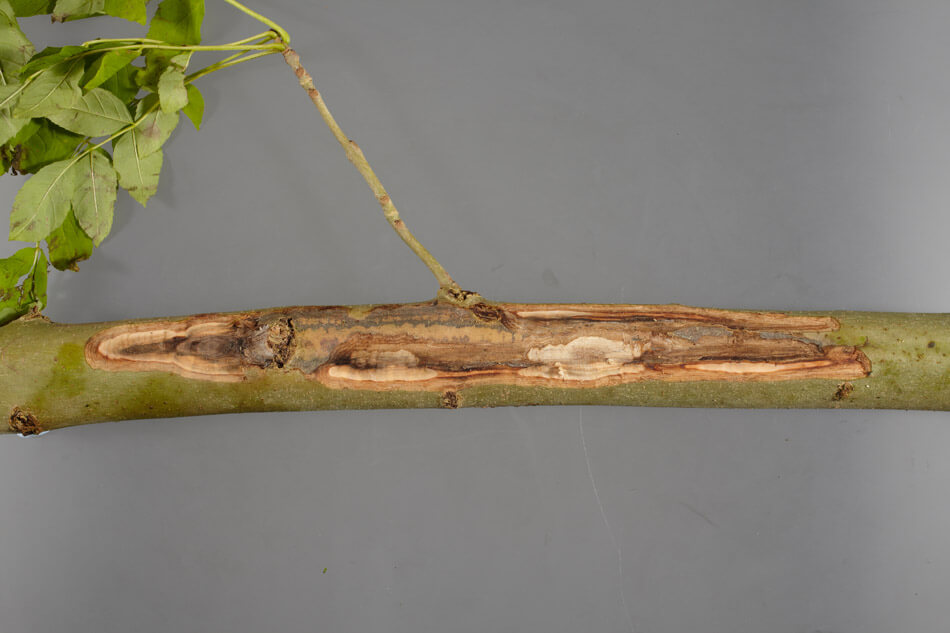
3. Phoney Peach Disease (Xylella fastidiosa)
One of the most recent diseases to be discovered and also one of the most worrying in our list is Xylella fastidiosa, also known as phoney peach disease. The disease was first detected in Southern France and Italy in 2013 where it has attacked olive trees and vines. The disease has also been found in North and South America where it has attacked citrus and coffee plantations.
Xyella has already been found in oak and maple trees, as well as well as shrubs and herbaceous shrubs like lavender and rosemary. Symptoms are various but include wilting, dieback, stunted growth and lead scorches. Because it can affect so many different species symptoms will inevitably vary.
It was originally believed that the Xyella would not survive in the UK climate but they are now reviewing this assessment after the discovery of a new strain in Corsica and France in 2015. Alarmingly, phoney peach disease affects a whole range of tree species and is constantly evolving different strains. Head of horticulture at the Horticultural Trades Association, Raoul Curtis-Machin, has worrying predicted that an outbreak of the disease in the UK could make Ash Dieback look like ‘a walk in the park.’
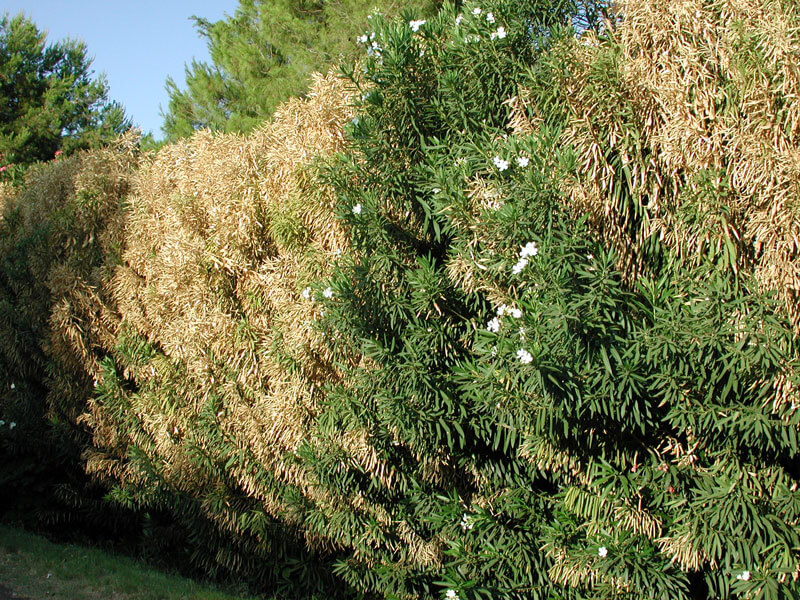
4. Bleeding Canker of Horse Chestnut
Bleeding Canker (Aesculus hippocastanum) causes bark cracks and bleeding on the trunk and branches of horse chestnut trees. It was first detected in the UK in 1970’s but has been known of since the 1930’s. The disease used to be caused by one of two variants of the fungus-like Phytophthora pathogen but since 2000 it’s more commonly been associated with a bacterial pathogen called Pseudomonas syringae pv aesculi.
The disease can affect horse chestnut trees of all ages with symptoms involving the cankers and barks cracking at the stem, as well as ‘bleeding’ on the trunk and branches. Incidences are up dramatically since 2000 as well, with around half of all horse chestnut trees showing signs of the disease in 2007. Scientists are currently researching the biology of the pathogen in the hope of creating resistant strains of horse chestnut.
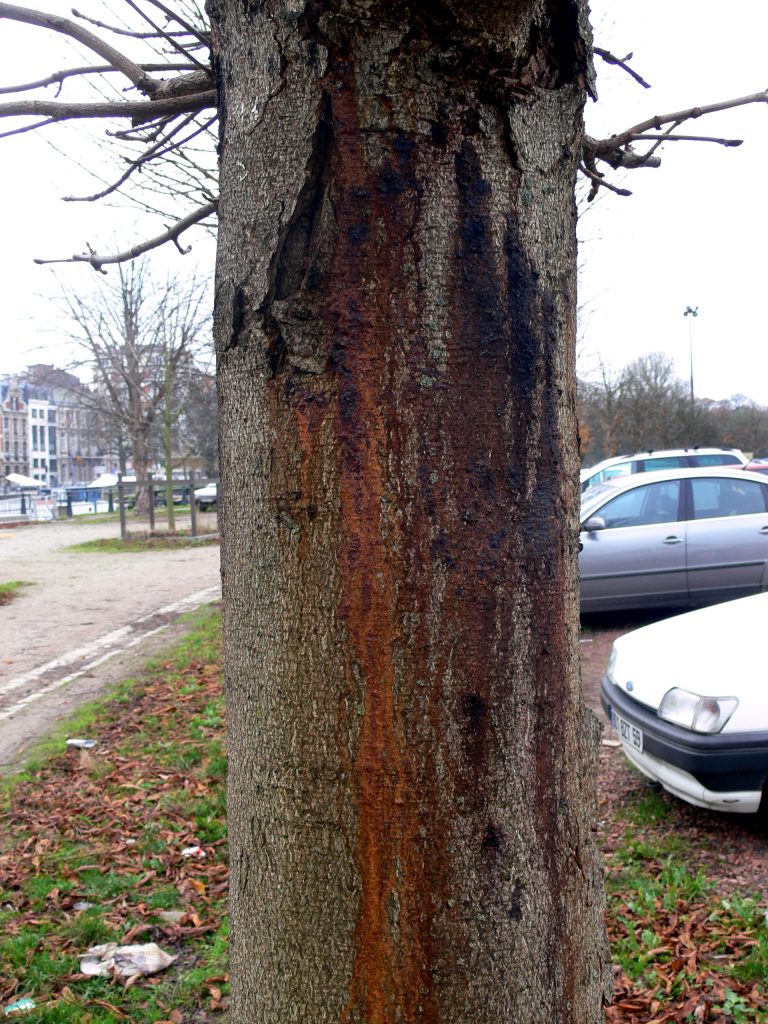
5. Phytophthora Disease of Alder
First discovered in Britain in 1993, Phytophthora alni, is now widespread in the country and can infect any species of alder tree (although only one species – the common alder – is native to the UK). The alder is common along and rivers throughout the British countryside, where it helps to stabilise the banks with its routes.
Alders that have been affected by the disease will have small leaves in summer and after several years will begin showing dead twigs and branches in the crown. Heavy cone production and rusty spots at the base of the tree are also common symptoms. Since the mid 1990’s Phytophthora has infected some 20% of alders in the UK, with concentration in the South East of England, as well as Welsh borders and Scottish river systems. The disease is also common in Europe where it affects many other species of Alder including the grey alder, green alder and Italian alder.

Conclusion
Tree diseases may seem like the territory of conservationists but they pose a very real threat to the mighty and beloved trees of the British countryside that we all take for granted. Conservationists and arborists are working hard to spot and prevent diseases spreading and work closely with and alongside organisations like the Forestry Commission, the Horticultural Trades Association, as well as the UK Government to contain the most virulent strains. In the case of phoney peach disease, the HTA is working tirelessly to convince Defra to establish a secure market for UK grown trees to stop the import of infected trees.
We can all do our bit though and this starts with educating ourselves about these potentially devastating diseases and learning to spot them when we’re out and about in the countryside.
The Forestry Commission has absolutely tons of information on these and many other tree diseases, as well as the incredible conservation work they continue to do throughout the country. We highly recommend you check out their website resources and information on tree diseases for more information on spotting tree diseases in the UK.
Report any diseased or pest infested trees whilst you’re out amongst them using the Forestry Commission’s Tree Alert website.
